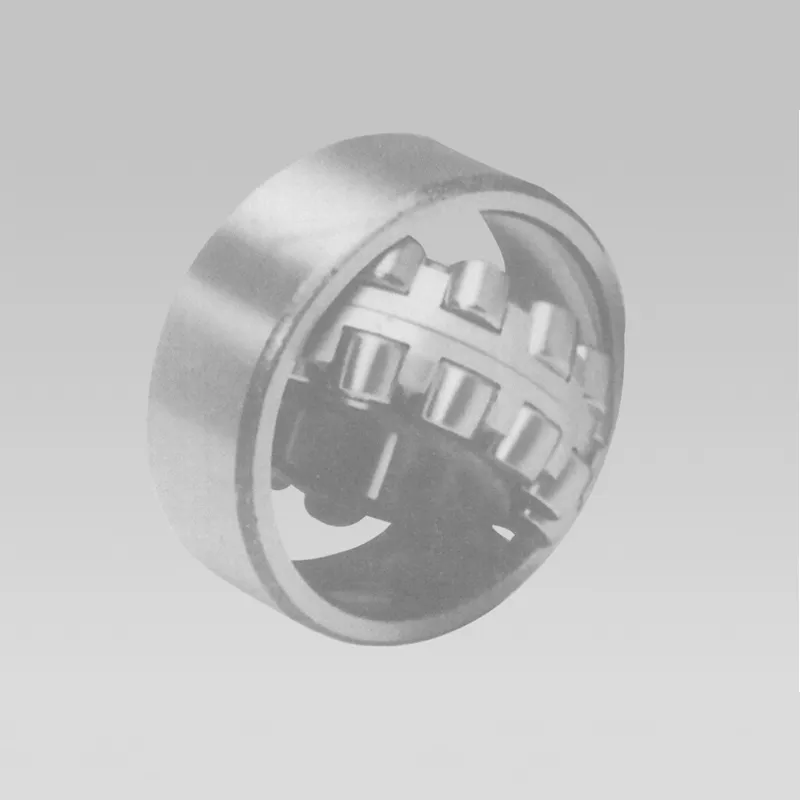
Dec . 29, 2024 23:36 Back to list
angular contact
Exploring Angular Contact Bearings A Comprehensive Guide
Angular contact bearings are a crucial component in various mechanical systems, facilitating efficient operation and enabling high-performance applications. This article delves into the nature of angular contact bearings, their design, applications, advantages, and how they differ from other bearing types.
What are Angular Contact Bearings?
Angular contact bearings are designed to accommodate both radial and axial loads, making them ideal for applications that experience combined loads. The fundamental design of these bearings features an inner ring, an outer ring, and rolling elements (usually balls) that are arranged at an angle. The angle of contact allows the bearing to support axial loads in one direction while simultaneously handling radial loads.
One of the key characteristics of angular contact bearings is their ability to operate at high speeds. This makes them particularly useful in precision machinery, such as robotic arms, CNC machines, and high-performance electric motors. Angular contact bearings are often categorized by their contact angle, which can range from 15 to 40 degrees, influencing their load-carrying capacity and operational efficiency.
Design Features
The design of angular contact bearings is pivotal for their performance. The angle of contact between the rolling elements and the raceways determines how the loads are distributed and impacts the bearing's overall stiffness and rotational accuracy. Different configurations, such as single-row, double-row, and quadruple-row angular contact bearings, cater to varied load conditions and mounting requirements.
Material selection also plays a vital role in the durability and reliability of angular contact bearings. Typically made from high-carbon chromium steel or ceramic, these materials provide excellent wear resistance and mechanical strength, enhancing the lifespan of the bearing.
Applications of Angular Contact Bearings
The versatility of angular contact bearings makes them suitable for a wide range of applications. Here are some of the most common uses
angular contact

2. Electric Motors They provide reliable performance in electric motors by supporting axial loads and contributing to smooth rotation at high speeds.
3. Pumps In pumping systems, angular contact bearings help manage the axial and radial loads, extending the service life of the equipment.
4. Automotive Industry Angular contact bearings are employed in various automotive components, including wheel hubs and differential gears, where they encounter combined loading.
5. Robotics Modern robotic systems rely on angular contact bearings for precision movement and load handling, vital for operational efficiency and accuracy.
Advantages of Angular Contact Bearings
The design and functionality of angular contact bearings offer several advantages
- High Load Capacity Their ability to handle both radial and axial loads increases their load-bearing capacity compared to other bearing types. - Optimized Performance With angles designed for specific applications, these bearings provide efficient performance under various operating conditions. - Reduced Friction Angular contact bearings often exhibit lower friction, which contributes to enhanced speed and overall energy efficiency of machines. - Customization They come in various configurations and sizes, allowing for customization based on specific application requirements.
Comparison with Other Bearing Types
Angular contact bearings differ from other types, such as deep groove ball bearings, primarily in their load-carrying ability and design complexity. While deep groove bearings can handle radial loads primarily, angular contact bearings excel in scenarios where axial loads are present. Additionally, angular contact bearings have a more pronounced contact angle, which makes them suitable for high-speed applications.
Conclusion
In conclusion, angular contact bearings are integral to modern machinery and applications that demand high efficiency, precision, and load management. Their unique design, coupled with advantages that cater to various industrial needs, makes them indispensable in today’s engineering landscape. As technology continues to advance, the role of these bearings will only become more significant, underscoring the importance of understanding their mechanics and functionality in order to optimize their use across multiple sectors.
Latest news
-
Grooved Ball Bearing Design and Functionality
NewsJun.04,2025
-
Concrete Mixer Bearing Load Capacity Testing
NewsJun.04,2025
-
6004 Bearing Dimensions in Robotic Joint Designs
NewsJun.04,2025
-
Advantages of Single-Row Deep Groove Ball Bearings
NewsJun.04,2025
-
Applications of Deep Groove Ball Bearings in Automotive Systems
NewsJun.04,2025
-
Innovations in Bearing Pressing Machine Design
NewsJun.04,2025
